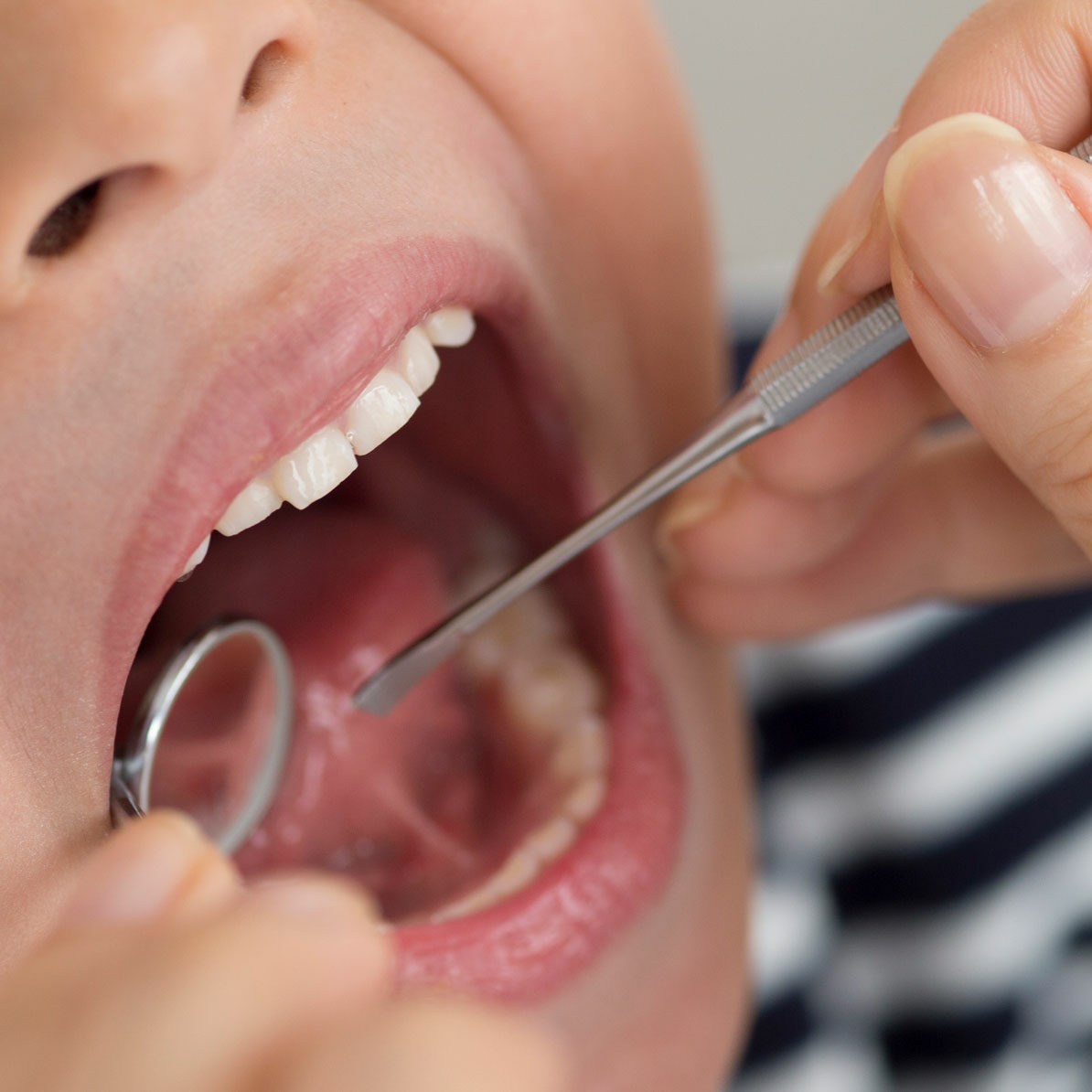A functional frenuloplasty or tongue tie release, is a liberation of the tongue or lip from anatomical restrictions that prevent proper nasal breathing and a myriad of other health issues. We have a multidisciplinary protocol for functional frenuloplasty that integrates myofunctional therapy (and sometimes craniosacral therapy) before, during and after surgery. The technique we use is based on precision: releasing the appropriate amount of tissues for maximal relief; not too much or too little.

Do I have a tongue-tie?
The frenulums in your mouth are small bands of tissue that control and limit the range of motion of your lips and tongue. When a frenulum is too short or tight, this restricts motion and is known as a lip- or tongue-tie. A tongue-tie is probably the most well-known of these. Over time, a tongue tie can significantly impact speech, nutrition, breathing, sleep, and so many other vital parts of life.
How to fix them correctly
A surgical procedure known as a frenectomy releases lip, tongue and /or buccal ties. It can be performed using a laser or scissors, with or without sutures for wound closure. We employ the latest CO2 laser technology from LightScalpel to treat tethered oral tissues (TOTs). The timing of a frenectomy (or release) is determined by the team of healthcare professionals who are working with the patient.
Orofacial myofunctional therapy
Before and following a frenectomy, orofacial myofunctional therapy will help to inform the procedure and promote recovery.
OMT addresses disorders that interfere with the function of the muscles of the face and mouth that can affect airway health, feeding, speech, sleep and more.
Before an oral tie release, it reveals the patient’s oral rest posture, how to maximize range of motion and function, and strengthens the oral facial muscles. After the release, OMT reestablishes healthy neuromuscular patterns (at rest, as well as for breathing, chewing, swallowing and speaking).
Interventions such as pre-feeding and feeding therapy are more appropriate for infants, babies and toddlers.
Possible signs and symptoms
Children, Teens and Adults
- Trouble with speech sounds
- Difficulty being understood by others, mumbling or speech delay
- Slow/picky/messy eater
- Difficulty chewing food
- Digestive issues such as stomach aches, belching, hiccups and acid reflux
- Choking or gagging on foods or liquids
- Crooked, crowded teeth or narrow, high-arched palate
- Thumb or finger-sucking habit, or prolonged pacifier use
- Restless sleep (kicking or moving while asleep)
- Grinding teeth at night
- Sleeping with mouth open, snoring or noisy breathing
- Jaw joint (TMJ) issues (such as popping, clicking or pain)
- Enlarged tonsils or adenoids
- Frequent headaches or neck, back and shoulder tension or pain
- Mouth breathing
- Frequent ear/sinus/upper respiratory infections
- Difficulty with oral hygiene and higher risk of tooth decay and gum disease
- Bad posture
Infants
- Struggling to nurse or take a bottle
- Leaking milk from mouth during feeding
- Losing weight or exhibiting slow or poor weight gain
- Making clicking or smacking noises when eating
- Excessive gassiness, irritability or fussiness during or after a feeding
- Reflux or colic symptoms
- Cracked or blistered lips